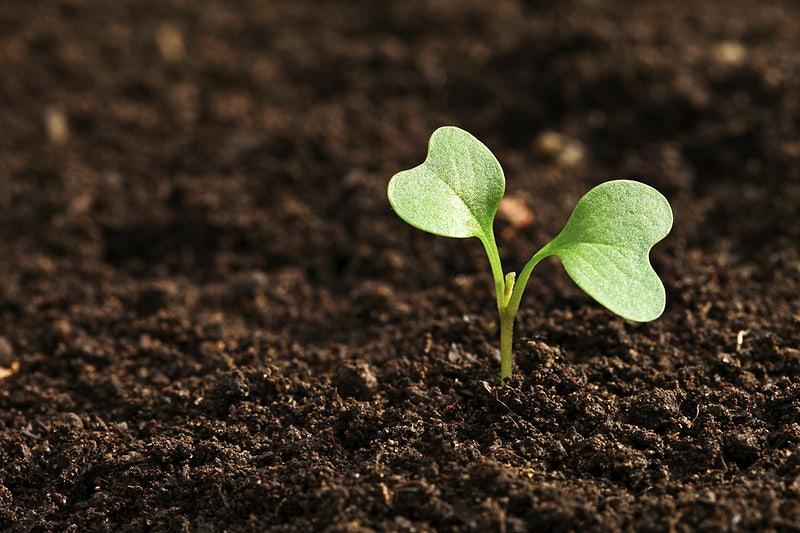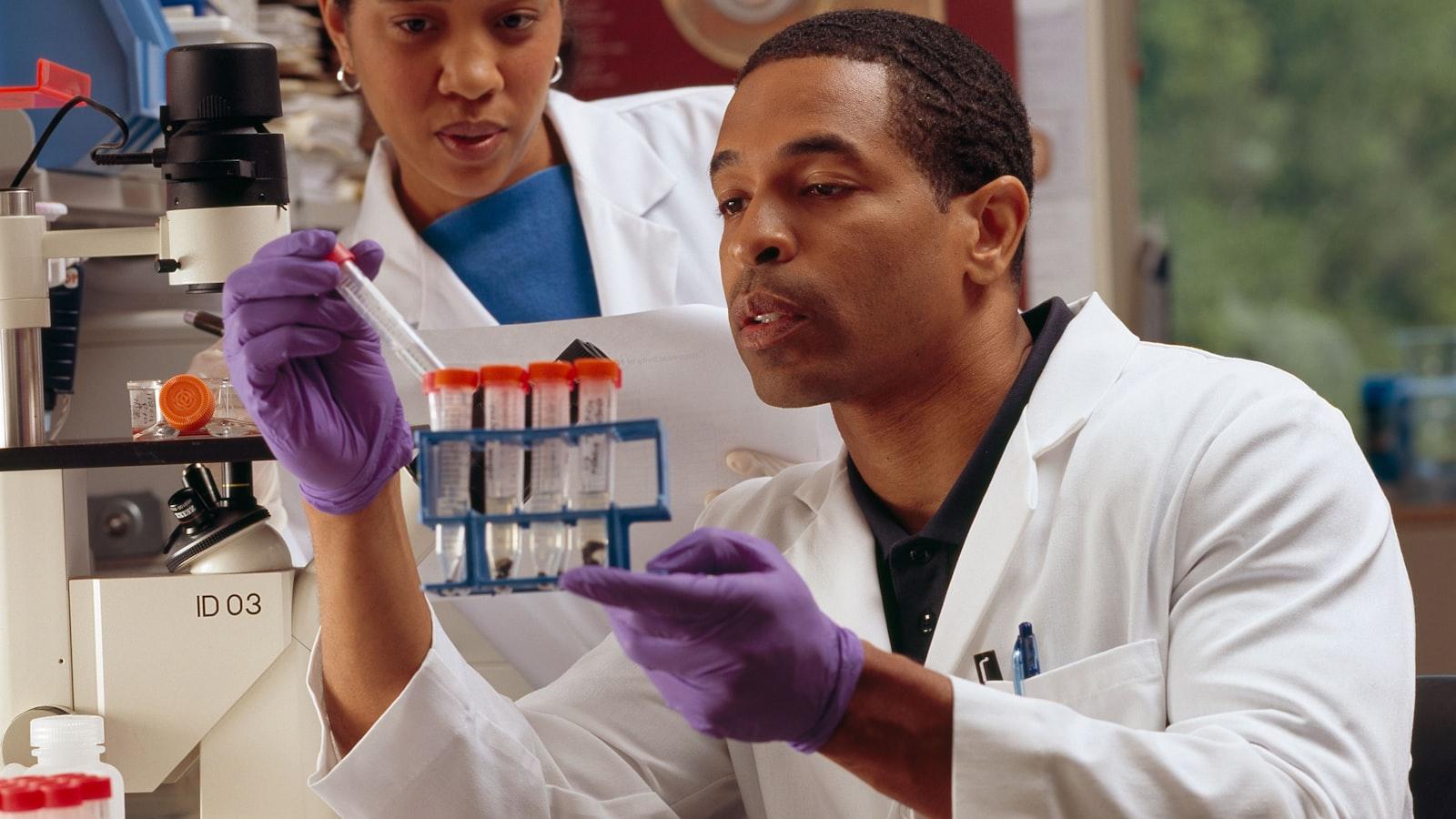In the complex world of nephrotoxins, distinguishing one from another can be as challenging as navigating a maze in the dark. From medications to environmental exposures, there are a myriad of substances that can wreak havoc on the kidneys. In this quick review, we’ll dive into the realm of nephrotoxins and unravel their identities, shedding light on the dangers they pose to our most vital organs. So put on your detective hat and join us as we play a game of “Name That Nephrotoxin.
Overview of Nephrotoxins and Their Effects
Ever wondered about the various nephrotoxins that can harm our kidneys? Let’s take a quick look at some common nephrotoxins and their effects on our renal system. These substances can range from medications to environmental toxins, all capable of causing damage to our kidneys.
Some well-known nephrotoxins include:
- Nonsteroidal anti-inflammatory drugs (NSAIDs): Often used for pain relief, NSAIDs can cause kidney damage if taken in high doses or for prolonged periods.
- Aminoglycoside antibiotics: While effective in fighting infections, these antibiotics can be nephrotoxic, especially if not dosed properly or in patients with pre-existing kidney conditions.
- Heavy metals: Exposure to heavy metals like lead, mercury, and cadmium can lead to kidney damage over time, impacting renal function.

Commonly Encountered Nephrotoxins in Clinical Practice
In clinical practice, healthcare professionals often encounter a variety of nephrotoxins that can lead to kidney damage and impaired function. It is crucial to be able to identify these harmful substances early on to prevent further complications. Some commonly encountered nephrotoxins include:
- Contrast Agents: Used in imaging studies, contrast agents can cause acute kidney injury in some patients, particularly those with pre-existing renal issues.
- Nonsteroidal Anti-Inflammatory Drugs (NSAIDs): While commonly used for pain relief, NSAIDs can lead to nephrotoxicity, especially in individuals with dehydration or underlying kidney disease.
- Aminoglycoside Antibiotics: These antibiotics can accumulate in the kidneys and cause toxicity, potentially leading to acute tubular necrosis.
| Nephrotoxin | Impact on Kidneys |
|---|---|
| Contrast Agents | Acute Kidney Injury |
| NSAIDs | Nephrotoxicity |
| Aminoglycoside Antibiotics | Acute Tubular Necrosis |

Diagnostic Approaches for Nephrotoxin-Induced Kidney Injury
When it comes to diagnosing nephrotoxin-induced kidney injury, there are several approaches that healthcare providers can take to identify the culprit toxin. One common method is through the use of biomarkers, which are substances in the body that can indicate the presence of kidney damage. Some commonly used biomarkers for nephrotoxin-induced kidney injury include:
- Blood urea nitrogen (BUN) - Elevated levels of BUN in the blood can indicate impaired kidney function due to nephrotoxin exposure.
- Creatinine - Like BUN, high levels of creatinine in the blood can suggest kidney injury caused by nephrotoxins.
- Urinalysis – Testing the urine for the presence of blood, protein, and other abnormalities can also help in diagnosing nephrotoxin-induced kidney injury.
In addition to biomarker testing, diagnostic imaging techniques such as ultrasound and CT scans can be used to assess the structure and function of the kidneys. These imaging modalities can help healthcare providers identify any anatomical abnormalities or changes in the kidneys that may be indicative of nephrotoxin-induced injury.

Strategies for Preventing Nephrotoxin-Related Renal Damage
When it comes to preventing renal damage caused by nephrotoxins, it’s essential to first identify the specific nephrotoxins that could be harmful to the kidneys. By knowing which substances to avoid, individuals can take proactive steps to protect their renal health. Some common nephrotoxins to watch out for include:
- Nonsteroidal anti-inflammatory drugs (NSAIDs)
- Aminoglycoside antibiotics
- Contrast dyes used in imaging tests
- Certain chemotherapy drugs
Once nephrotoxins have been identified, implementing strategies to prevent renal damage becomes crucial. This may involve:
- Ensuring adequate hydration
- Monitoring kidney function regularly
- Avoiding unnecessary exposure to nephrotoxins
- Adjusting medication dosages as needed
Key Takeaways
As we wrap up our quick review of nephrotoxins, remember to always be cautious when encountering potentially harmful substances. Identifying these toxic agents early on can make all the difference in protecting the health and function of your kidneys. Stay informed, stay safe, and stay vigilant in the face of potential nephrotoxins. Thank you for joining us on this journey through the world of kidney health. Good luck, and take care!





